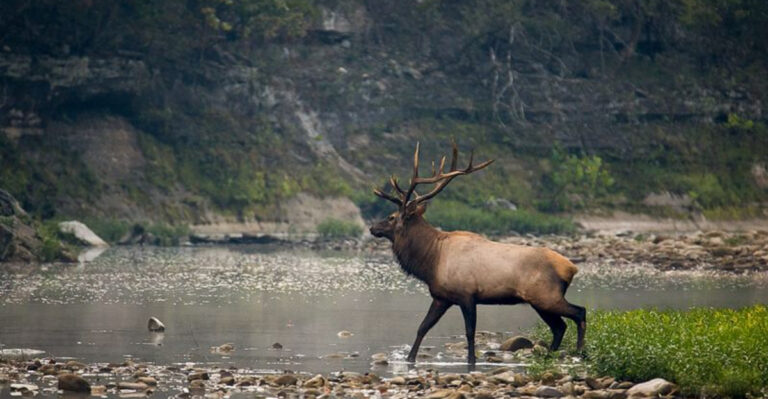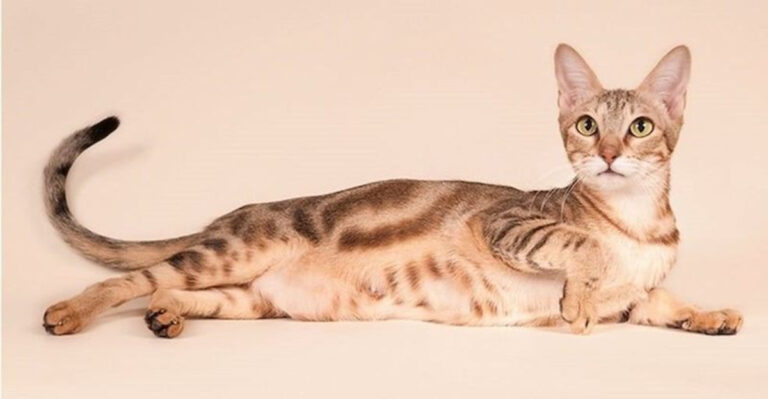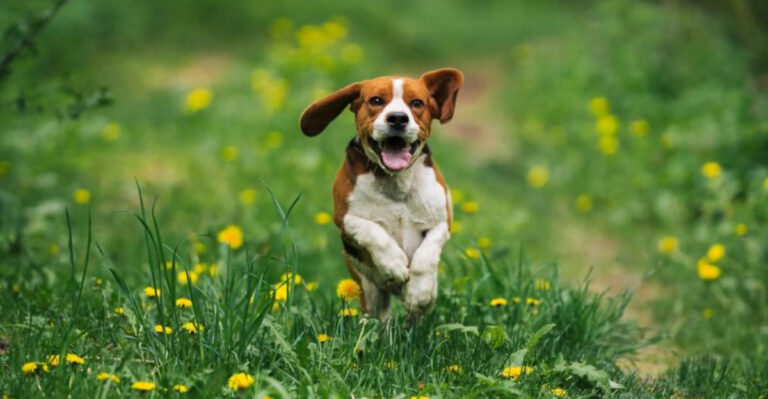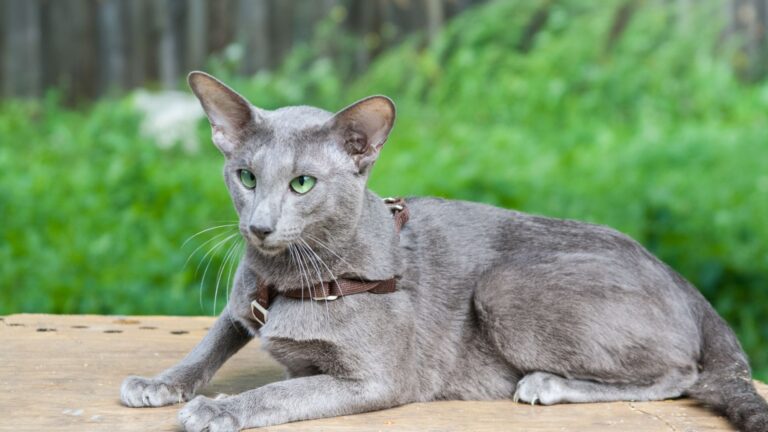Everything You Need To Know About Horses

Horses have been our loyal companions for thousands of years, carrying us through history and into modern times.
These magnificent creatures combine strength, grace, and intelligence in a way few other animals can match.
Whether you’re a seasoned equestrian or simply fascinated by these majestic animals, here’s what everyone should know about our hoofed friends.
1. Horses Have Incredible Memory
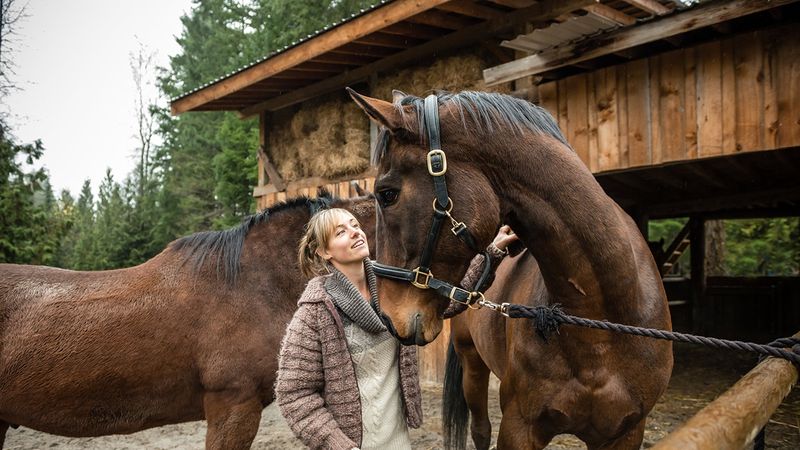
Horses never forget! Their memory rivals elephants, with the ability to remember specific people and places for decades. They can recall good and bad experiences with remarkable clarity, which shapes how they interact with humans and their environment.
A horse might recognize a rider they haven’t seen in 20 years, or remember exactly where they once got spooked on a trail. This exceptional memory helps them learn complex tricks and commands.
When training horses, consistency matters tremendously because they’ll remember mistakes in handling just as clearly as they’ll remember kindness and rewards.
2. They Sleep Standing Up

Unlike humans who need to lie down for deep sleep, horses have evolved to doze while standing. A special “stay apparatus” in their legs locks their joints in place, allowing them to rest without collapsing. This adaptation developed as a survival mechanism in the wild.
For light sleep, they’ll remain upright, but horses do lie down for REM sleep – just not for long. They typically only spend 2-3 hours lying down within a 24-hour period.
Living in herds, horses often take turns sleeping deeply, with some standing guard while others rest completely.
3. Horse Vision Is Unique
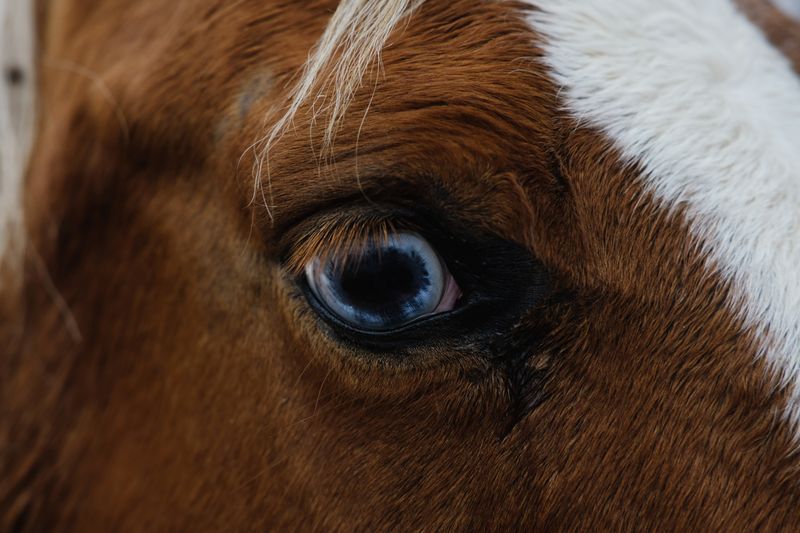
Horses see the world completely differently than we do! With eyes positioned on the sides of their head, they enjoy nearly 360-degree vision – perfect for spotting predators in the wild. The trade-off? They have blind spots directly in front of and behind them.
Colors appear differently to horses too. They’re similar to humans with red-green colorblindness, seeing primarily blues and yellows. This explains why a horse might spook at a seemingly ordinary object – it appears drastically different through their eyes.
Their night vision exceeds ours significantly, though they need more time to adjust between light and dark.
4. Measuring In Hands
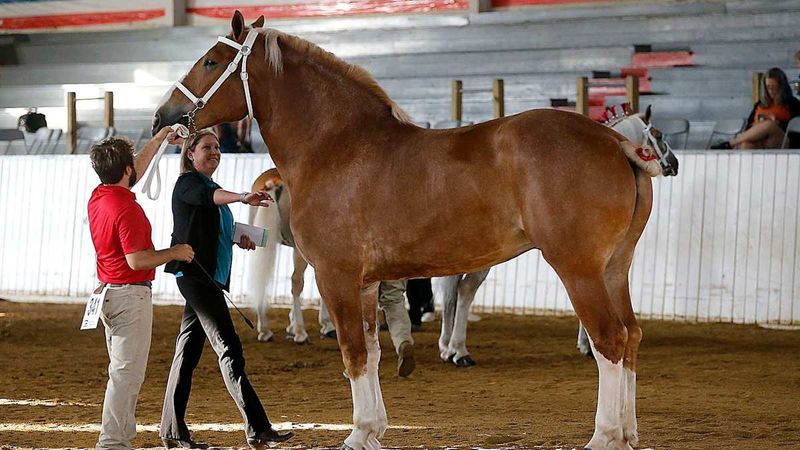
Ever wondered why horses are measured in “hands”? This ancient measurement system dates back to ancient Egypt! One hand equals approximately 4 inches (10.2 cm), and measurements are taken from the ground to the highest point of a horse’s withers (shoulder).
A horse standing 15 hands high would be 60 inches (152.4 cm) at the withers. Ponies measure under 14.2 hands, while draft horses can tower above 18 hands.
The hand measurement tradition persists in English-speaking countries despite metric alternatives, connecting modern equestrians to thousands of years of horsemanship history.
5. Horses Express Emotions Through Body Language

A horse’s ears act like emotional radar! Forward-pointing ears signal interest or alertness, while pinned-back ears warn of anger or fear. Their expressive faces reveal feelings through subtle changes in eye wideness, nostril flaring, and muscle tension.
Tail position speaks volumes too – a raised tail shows excitement or alertness, while a clamped-down tail suggests anxiety. Horses communicate with their entire bodies, from head carriage to the smallest muscle twitch.
Learning to read these signals creates stronger human-horse bonds and prevents misunderstandings that could lead to accidents. Horses are emotional mirrors, often reflecting the feelings of those around them.
6. Dental Timekeeping
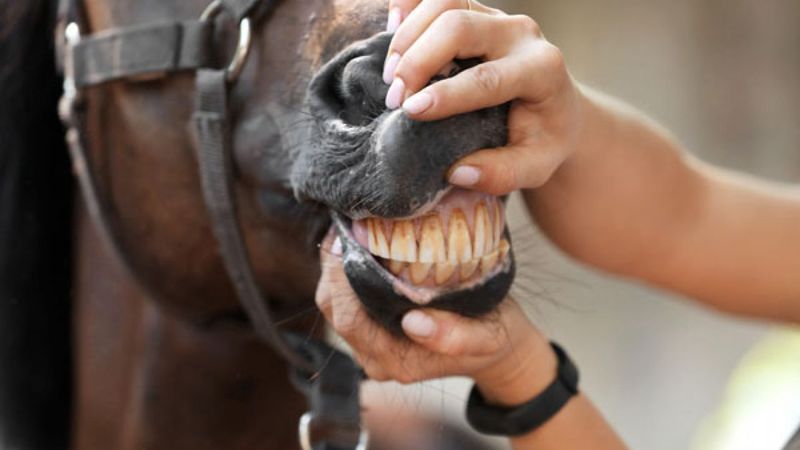
“Don’t look a gift horse in the mouth” makes perfect sense when you realize a horse’s teeth reveal its age! Young horses have temporary teeth that are gradually replaced by permanent ones at specific ages. The angle, wear patterns, and dental cups (dark indentations) change predictably over time.
Experienced horse people can estimate age within a year or two just by examining a horse’s teeth. By age 5, all permanent teeth have erupted; after that, wear patterns become the main age indicators.
Horses’ teeth continue growing throughout their lives to compensate for constant wear from their fibrous diet – a remarkable adaptation for these grazing animals.
7. Social Creatures By Nature
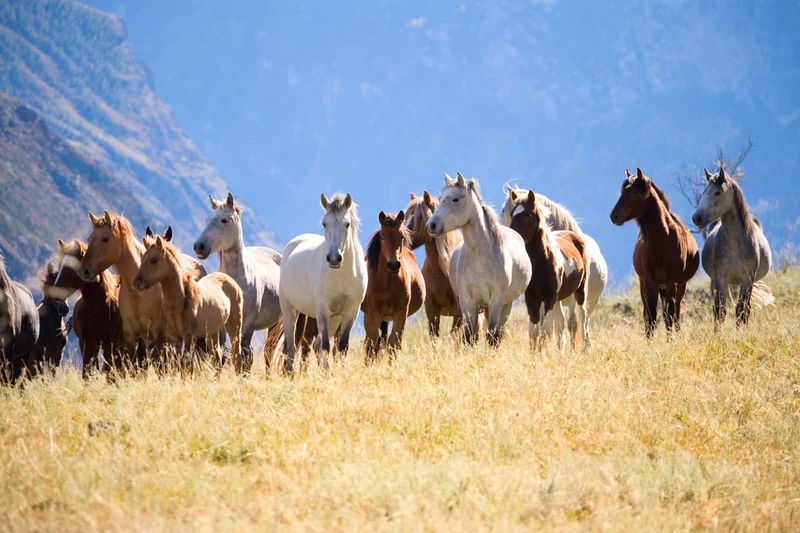
Horses thrive on companionship! In natural settings, they form close-knit herds with complex social structures and strong bonds that last a lifetime. A solitary horse is often an unhappy horse, prone to developing behavioral problems and stress-related illnesses.
Within herds, each horse knows its place in the hierarchy. Leadership isn’t always about dominance – older, experienced mares frequently lead groups, making decisions about movement and safety.
When horses can’t have equine companions, they’ll often bond with other species like goats, sheep, or even chickens. Their need for social connection runs so deep that isolation is considered a form of punishment.
8. Hooves Need Regular Care

Healthy hooves form the foundation of a horse’s wellbeing – literally! These complex structures combine strength and flexibility, absorbing shock with each step. Wild horses naturally wear down their hooves while traveling miles daily over varied terrain.
Domesticated horses typically need trimming every 6-8 weeks to prevent overgrowth that can cause lameness and discomfort. Some horses also require shoes for protection, especially when working on hard surfaces or participating in certain activities.
The old saying “no foot, no horse” rings true among equestrians. Regular farrier visits, proper nutrition, and clean environments all contribute to maintaining these remarkable structures that support over 1,000 pounds on relatively small contact points.
9. Impressive Athletic Abilities

Horses possess athletic prowess that would make Olympic champions jealous! Their powerful muscles allow them to reach speeds up to 55 mph (88.5 km/h) in short bursts, with Thoroughbreds and Quarter Horses ranking among the fastest breeds.
Beyond speed, horses demonstrate remarkable jumping abilities. The world record for high jump stands at an astonishing 8 feet 1.25 inches (2.47 meters)! Their endurance impresses equally – some breeds can cover 100 miles (160 km) in a single day.
These natural athletes adapt to diverse disciplines from dressage’s precise movements to barrel racing’s tight turns, each requiring different combinations of strength, flexibility, and coordination.
10. Ancient Partnership With Humans
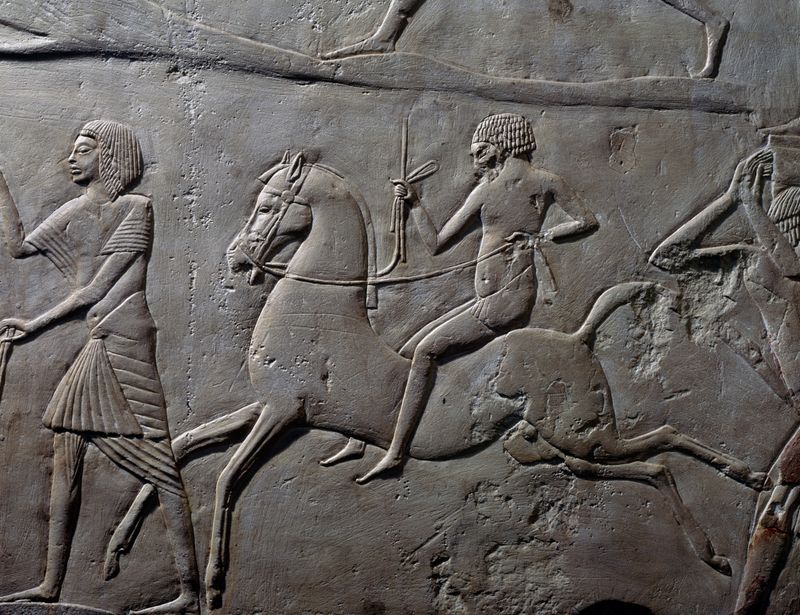
Horses changed the course of human history after being domesticated around 6,000 years ago in Central Asia. Before motorized vehicles, these animals revolutionized transportation, warfare, agriculture, and trade across civilizations.
Archaeological evidence shows bits and bridles dating back to 3500 BCE, suggesting riding began earlier than previously thought. Horse-drawn chariots transformed ancient warfare, while cavalry units dominated battlefields for centuries.
Beyond practical uses, horses influenced art, mythology, and culture worldwide. From cave paintings to modern films, few animals have maintained such cultural significance. This ancient partnership continues today through sport, therapy, and recreational riding.
11. Digestive System Quirks

Horses possess one of nature’s most unusual digestive systems – they can’t vomit! Their one-way digestive tract makes regurgitation physically impossible, which explains why colic (digestive distress) can become life-threatening so quickly.
As grazing animals, horses evolved to eat small amounts continuously rather than large meals. Their digestive system works best processing food for 16-18 hours daily. The cecum – a fermentation chamber similar to a rabbit’s – contains beneficial bacteria that break down fibrous plants.
Despite having relatively small stomachs for their size, horses produce an astonishing 10 gallons of saliva daily to aid digestion. This unique system requires careful management to prevent digestive problems.
12. Breeds For Every Purpose
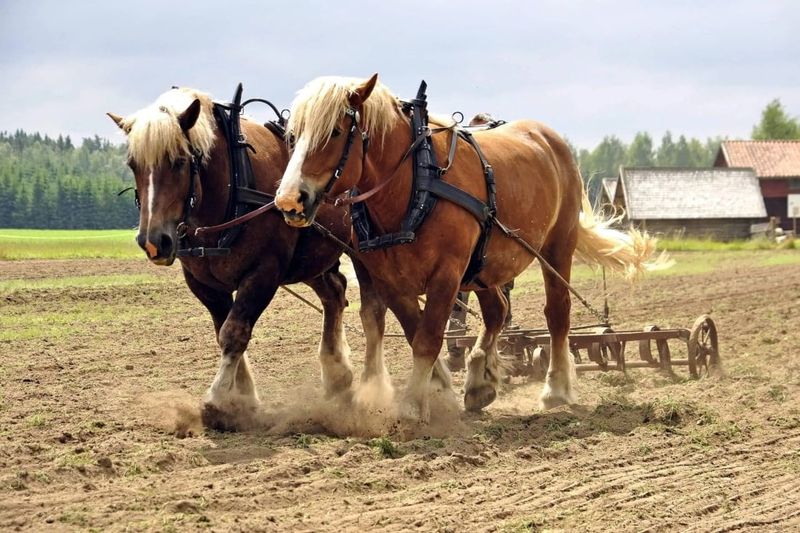
With over 300 breeds worldwide, horses have been selectively bred for specific purposes across centuries. Massive draft horses like Clydesdales and Percherons, weighing up to 2,000 pounds, were developed to pull heavy loads before machinery took over.
Speed demons like Thoroughbreds excel at racing, while compact Quarter Horses dominate short-distance sprinting and cattle work. Arabians, with their distinctive dished faces and incredible endurance, influenced countless other breeds.
Some breeds adapted to extreme environments – like Iceland’s horses with their unique tölt gait, or Mongolian horses surviving -40°F winters. Modern breeds continue evolving for specialized disciplines from dressage to therapeutic riding.
13. Remarkable Intelligence
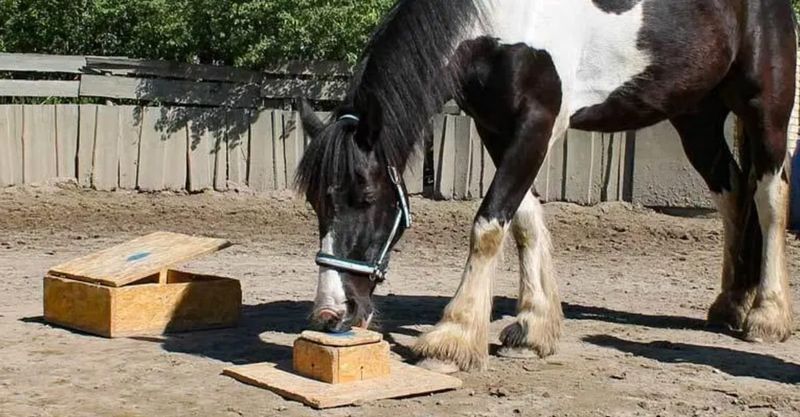
Horses rank among the smartest domestic animals, capable of solving puzzles, opening gates, and even understanding abstract concepts. Studies show they can recognize themselves in mirrors – a rare ability shared by only a few species including dolphins and great apes.
Their problem-solving skills frequently surprise researchers. Horses remember solutions to challenges they faced years earlier and can learn through observation, watching other horses overcome obstacles.
Emotionally intelligent as well, horses read human body language with uncanny accuracy. This sensitivity makes them excellent therapy animals, responding to subtle emotional cues. Their intelligence demands mentally stimulating environments to prevent boredom and associated behavioral issues.


